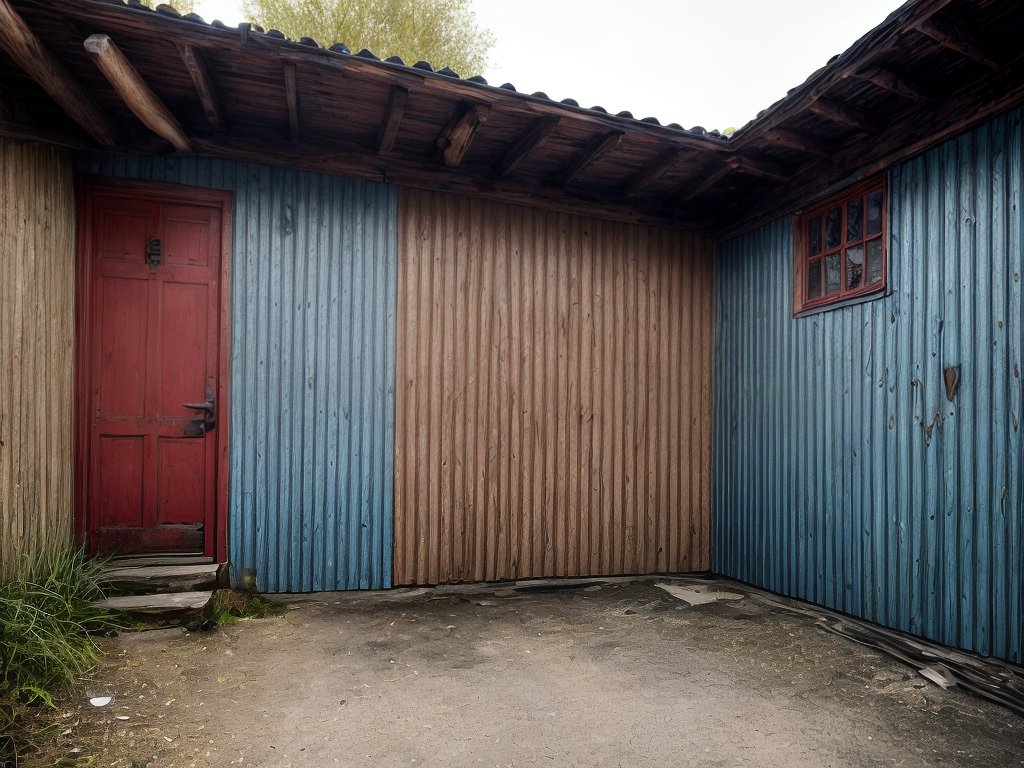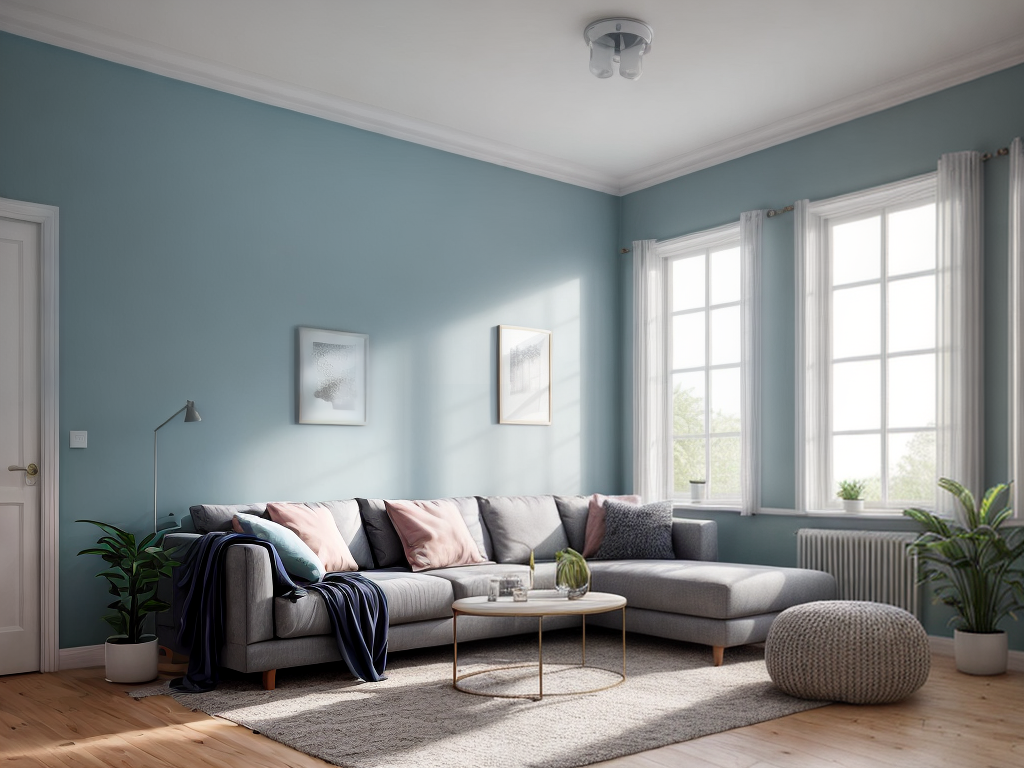As a professional painter, I am constantly seeking ways to make my craft more environmentally friendly. That’s why I am excited to share with you the concept of green painting: eco-friendly solutions for a greener planet. Green painting involves using non-toxic paint options, sustainable materials, and energy-efficient techniques to minimize our impact on the environment. For example, instead of using traditional paint that contains harmful chemicals, I now opt for low VOC (volatile organic compounds) or zero VOC paints that are better for both my health and the planet. In this guide, we will explore various strategies to achieve green painting, from water conservation to recycling and disposal of paint products. Let’s paint a brighter future together, one brushstroke at a time.
Non-Toxic Paint Options
When it comes to choosing environmentally-friendly paint options, I prefer using non-toxic paints. These paints are made with eco-friendly pigments and natural paint alternatives, which help to reduce the harmful impact on the environment and human health. Non-toxic paints do not contain harmful chemicals such as volatile organic compounds (VOCs) or heavy metals like lead and mercury. Instead, they use ingredients derived from natural sources such as plant extracts, minerals, and water-based formulas. By opting for non-toxic paints, I can ensure that my painting projects are not only aesthetically pleasing but also safe for both myself and the environment. Plus, these paints offer excellent coverage and durability, making them a practical and sustainable choice for any painting project.
Sustainable Painting Materials
When it comes to sustainable painting materials, there are a few important points to consider. Firstly, eco-friendly paint options are becoming increasingly popular, as they are made from natural ingredients and do not release harmful chemicals into the environment. Additionally, practicing sustainable painting techniques, such as using low VOC paints and opting for water-based products, can greatly reduce the carbon footprint of a painting project.
Eco-Friendly Paint Options
There are numerous options available for using eco-friendly paint in my painting projects. When it comes to eco-friendly paint alternatives, there are several natural paint options to consider. One popular choice is milk paint, which is made from natural ingredients like milk protein, lime, and pigment. It is non-toxic, biodegradable, and has a low environmental impact. Another option is clay paint, which is made from clay, minerals, and natural pigments. This type of paint is breathable, mold-resistant, and free of harmful chemicals. Additionally, there are plant-based paints that use ingredients like soy, citrus, or linseed oil. These paints are renewable, non-toxic, and emit fewer VOCs (volatile organic compounds). By choosing these eco-friendly paint options, I can contribute to a greener planet without compromising the quality of my painting projects.
Sustainable Painting Practices
To achieve sustainable painting practices, I rely on using painting materials that are environmentally friendly. One of the key components of sustainable painting is using low VOC (volatile organic compound) paints. These paints have reduced levels of harmful chemicals, such as formaldehyde and benzene, which can be detrimental to both human health and the environment. By choosing low VOC paints, I can minimize air pollution and create a healthier indoor environment. Another aspect of sustainable painting is using natural paintbrush materials. Instead of synthetic brushes made from petroleum-based materials, I opt for brushes made from natural fibers like bamboo or plant-based bristles. These materials are renewable, biodegradable, and have a lower environmental impact. By incorporating these sustainable painting practices, I can contribute to a greener planet and promote a healthier living environment.
Energy-Efficient Painting Techniques
One energy-efficient painting technique I have found effective is to use a high-quality airless paint sprayer. Not only does it save time and effort, but it also reduces the amount of paint wastage. Another way to reduce the carbon footprint in painting is by using environmentally friendly paint alternatives. These paints are made from natural, non-toxic ingredients and do not emit harmful fumes or chemicals. They are also biodegradable, making them a more sustainable choice. Additionally, using energy-efficient LED lights instead of traditional incandescent bulbs can further reduce energy consumption during the painting process. By adopting these energy-efficient techniques and using environmentally friendly paint alternatives, we can contribute to a greener planet while still achieving beautiful and long-lasting results.
Water Conservation in Painting
Conserving water is essential in painting to minimize environmental impact and promote sustainability. To achieve this, there are several water-saving techniques that can be implemented. One such technique is to use low-flow faucets and sprayers, which reduce water consumption during the cleaning process. Additionally, using eco-conscious brush cleaning methods can help conserve water. Instead of constantly rinsing brushes under running water, I opt for wiping excess paint off with a cloth or newspaper before cleaning them with minimal water. This not only saves water but also reduces the amount of paint entering the water system. By adopting these water-saving techniques and practicing eco-conscious brush cleaning, we can make a significant contribution towards a greener planet.
Recycling and Disposal of Paint Products
How can I responsibly recycle and dispose of paint products? When it comes to waste management and eco-conscious disposal of paint products, there are a few key steps to keep in mind. First, check with your local recycling center or hazardous waste facility to see if they accept paint for recycling. Some centers have specific guidelines for accepting paint, such as allowing only latex paint or requiring the paint to be completely dried before disposal. If your local facility does not accept paint for recycling, it is important to never pour paint down the drain or throw it in the trash. Instead, consider donating unused paint to a local community organization or storing it properly for future use. By taking these steps, you can ensure that your paint products are disposed of in an environmentally responsible manner.
Green Certification and Eco-Friendly Standards
As a responsible consumer and advocate for a greener planet, I understand the importance of green certification in the painting industry. Green certification ensures that painting materials and practices meet eco-friendly standards, reducing harmful impacts on the environment. By using sustainable practices and eco-friendly painting materials, we can contribute to the preservation of our planet and enjoy the benefits of a healthier, greener future.
Importance of Green Certification
Obtaining green certification is crucial for ensuring the eco-friendly standards of painting practices. Green certification benefits both the environment and the consumers. By obtaining this certification, painting companies demonstrate their commitment to implementing eco-friendly standards in their operations. This includes using environmentally friendly paints and materials, minimizing waste, and reducing the carbon footprint associated with painting projects. Green certification also ensures that the paints used are low in VOCs (volatile organic compounds), which are harmful chemicals that can negatively impact air quality and human health. By adhering to these eco-friendly standards, painting companies contribute to a greener planet and provide consumers with the assurance that they are making responsible and sustainable choices. So, it is important for both painting companies and consumers to prioritize green certification and support the implementation of eco-friendly standards in the industry.
Eco-Friendly Painting Materials
One of the key aspects of green painting is the use of eco-friendly painting materials. Green painting innovations and eco-conscious painting techniques have paved the way for the development of a wide range of eco-friendly painting materials. These materials are designed to minimize harm to the environment and promote sustainability.
To ensure the eco-friendliness of these materials, many of them undergo green certification processes and adhere to eco-friendly standards. Green certification ensures that the materials meet specific environmental criteria, such as low VOC (volatile organic compounds) content, reduced carbon footprint, and sustainable sourcing.
Benefits of Sustainable Practices
To fully understand the benefits of sustainable practices in green painting, it is important to recognize the significance of green certification and eco-friendly standards. Traditional painting methods often have a significant environmental impact. The use of toxic chemicals, such as volatile organic compounds (VOCs), can contribute to air pollution and water contamination. Sustainable painting practices, on the other hand, prioritize the use of eco-friendly materials that have lower VOC content. This not only reduces harmful emissions but also improves indoor air quality, promoting a healthier living environment. Additionally, sustainable practices focus on minimizing waste and using resources efficiently. By adhering to green certification and eco-friendly standards, painters can significantly reduce their environmental footprint while also benefiting the health and well-being of both the occupants and the planet.
Conclusion
In conclusion, choosing eco-friendly painting options is not only beneficial for the environment, but it can also have a positive impact on our health. Did you know that using non-toxic paint can reduce indoor air pollution by up to 80%? By opting for sustainable materials, energy-efficient techniques, and water conservation in painting, we can all contribute to a greener planet and create a healthier living space for ourselves and future generations. Let’s make conscious choices and embrace green painting solutions!




